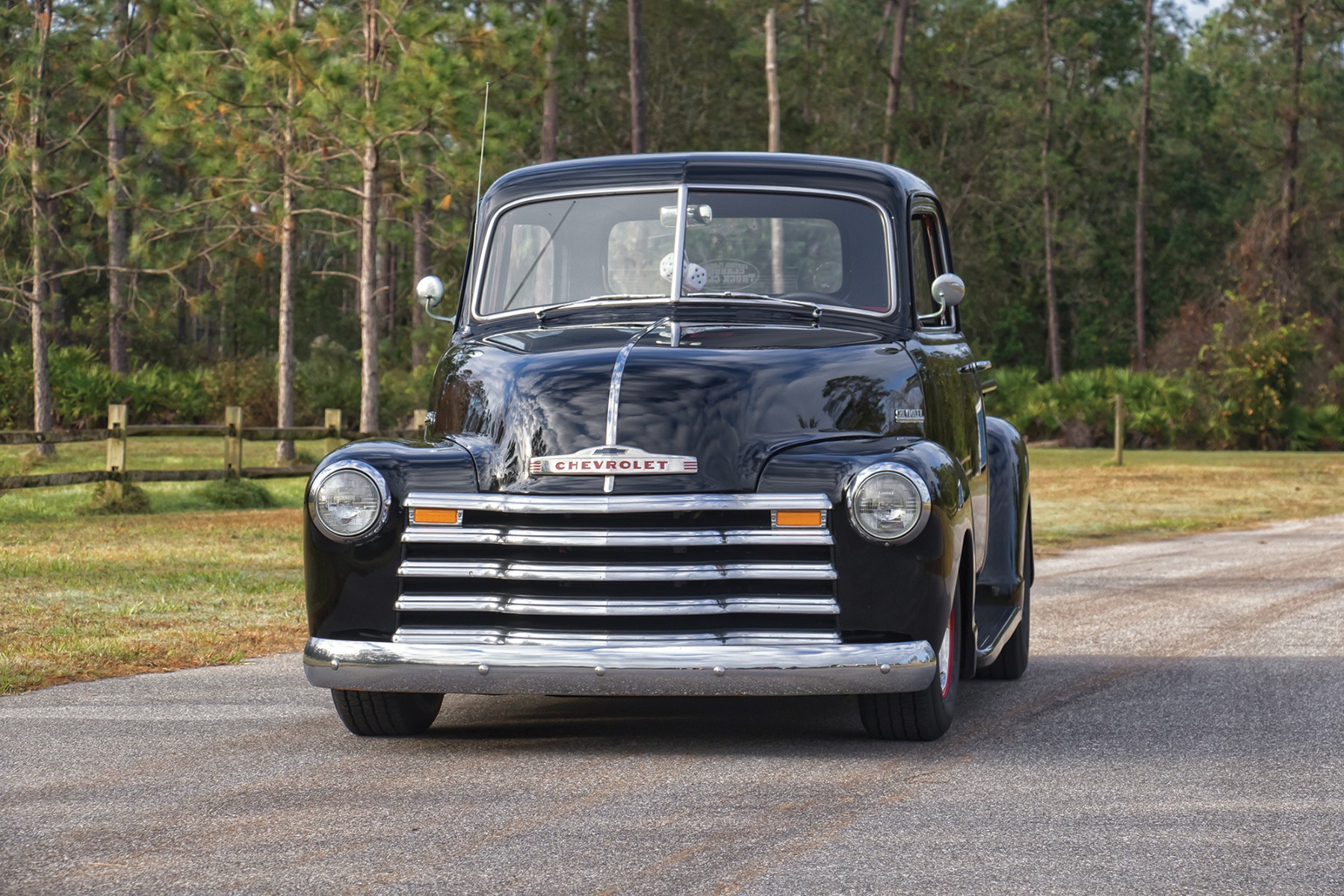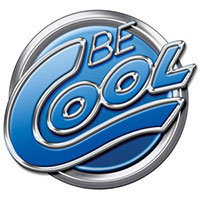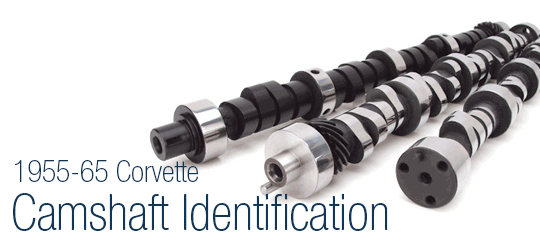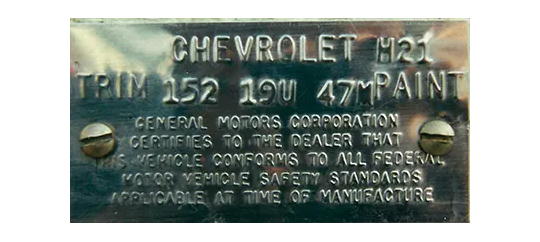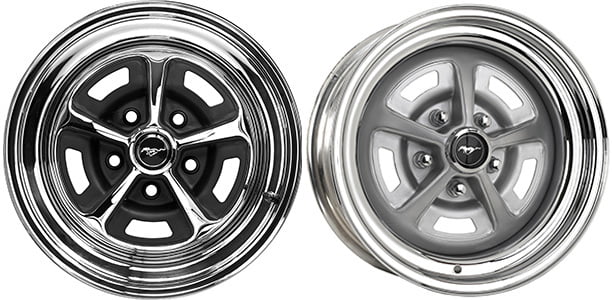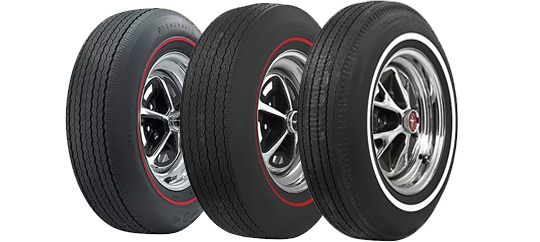Installing New Seat Upholstery
- May 15, 2015
Time: varies depending on number of seats and style, plan on at least 2 hours
Tools: standard wrenches, hog-ring pliers, flat-blade screwdriver, needle-nose pliers (optional)
Cost: anywhere from $500 and up, approximately
Tinware: upholstery, hog-rings and pliers, seat foam padding (optional)
Tip: Before installing new vinyl seat covers, lay them out in the sun to loosen the material and to relieve any folds or creases in the vinyl from due to packaging.
Performance gains: none that are track-proven, but the added comfort and style far make up for it!

Whether your vehicle came equipped with cloth or vinyl-covered seats, chances are it’s going to need a full cosmetic makeover at some point. Over time, seat upholstery almost always gets tattered and torn, regardless of the car. Sure, southwestern style blankets are cool and work fine while the rest of the car is coming together. But no resto would be complete without a freshly recovered interior. It’s amazing what new skins alone will do for the look and feel of your car’s inner sanctum. All of a sudden, you become overly anal-retentive about everything unclean that may come in contact with your new upholstery. After all, your car looks (and smells) factory fresh!
There comes a time when everyone is faced with the classic dilemma: D.I.Y. or farm it out to a hired hand? It’s funny, even some of the most hardcore gear-heads wince at the thought of attempting upholstery or interior work. Actually, it can be rather intimidating. Hopefully these tips and straightforward steps will help you get on your way to your interior’s revitalization.
Naturally, replacing the upholstery requires the seats to be removed from the car. Starting with the front, unbolt the seat from the floor pans. On a split-bench, there will be two bolts at the front of the seat (one on each side), and possibly four total at the rear. The rear bolts can be a serious pain to access, as the clearance is pretty tight up under the seat. An open or boxed wrench should do the trick, however. Bucket seats follow the same basic approach. Loosen the bolts and simply lift the front seats out of the passenger compartment.
Removing the two-piece rear seat can be a bit more of a challenge. The rear seat bottom should be addressed first. Typically, the bottom is secured by the frame of the seat to retaining hooks which are welded onto the floor pan. Forcefully push the seat rearward to its furthermost point. In this position, the seat frame will clear the retaining hooks in the pan and can be lifted up and out of the floor. This should be done in one continuous motion. When the seat bottom is cleared, the back of the rear seat can easily be accessed and removed. The seat back is bolted to the rear wall of the floor pan at the bottom, and “hooked” to the rear package tray at the top.

The underside of the seat cover attaches to the bottom seat springs on this split-bench.

The hog-rings secure the upholstery to the frame of the seat.
The covers are secured to the frame and the springs of the seats by small fasteners called “hog-rings.” The upholstery is stretched over the foam padding and tucked to the underside of the seat assembly. The hog-rings loop through the edge of the material and into the holes in the seat frame. Out of the bag, the metal rings have somewhat of a “U” shape to them, with slight notches cut into both sides. The arms of the hog-ring pliers fit snugly into these notches, allowing the rings to be folded over and closed.
To remove the covers, gently pry the hog-ring open with a small flat-blade screwdriver. Loosen all of the rings from the seat assembly and remove the skins. During the process, take note of the original mounting locations of the rings to the seat. This will help in getting the new covers stretched and installed correctly.

Hog-rings and the specialty pliers often come furnished with a new upholstery kit.
While you’re at it, it may be a good idea to replace your existing seat foams as well. The underlying foam is what actually creates the comfort level of your seat. Over time, these things somehow deteriorate and end up in a big pile of dust under the seat. Unless you enjoy being poked with sharp, metal seat springs, spend the extra money and install some new padding. Most seat foams come pre-molded to a specific application and can be had from and of Eckler’s automotive companies. Upholstery is readily available for practically any older GM vehicle and comes in most, if not all, of the original colors and patterns.

Squeeze the ring with the arms of the pliers to close the loop and tether the new cover to the seat assembly.
After tearing apart the seats, you probably have a pretty close idea on how to install the new covers. It can be tricky in some areas, especially in the corners and at the bottom of the seats. Try to stretch the new material as evenly as possible over the foam. It may take several tries, working from one side to another, to really nail it. This is a project that takes practice and patience to achieve the desired results. Take your time and be sure to buy plenty of hog-rings– the more the better. The results will be well worth your time and effort.







